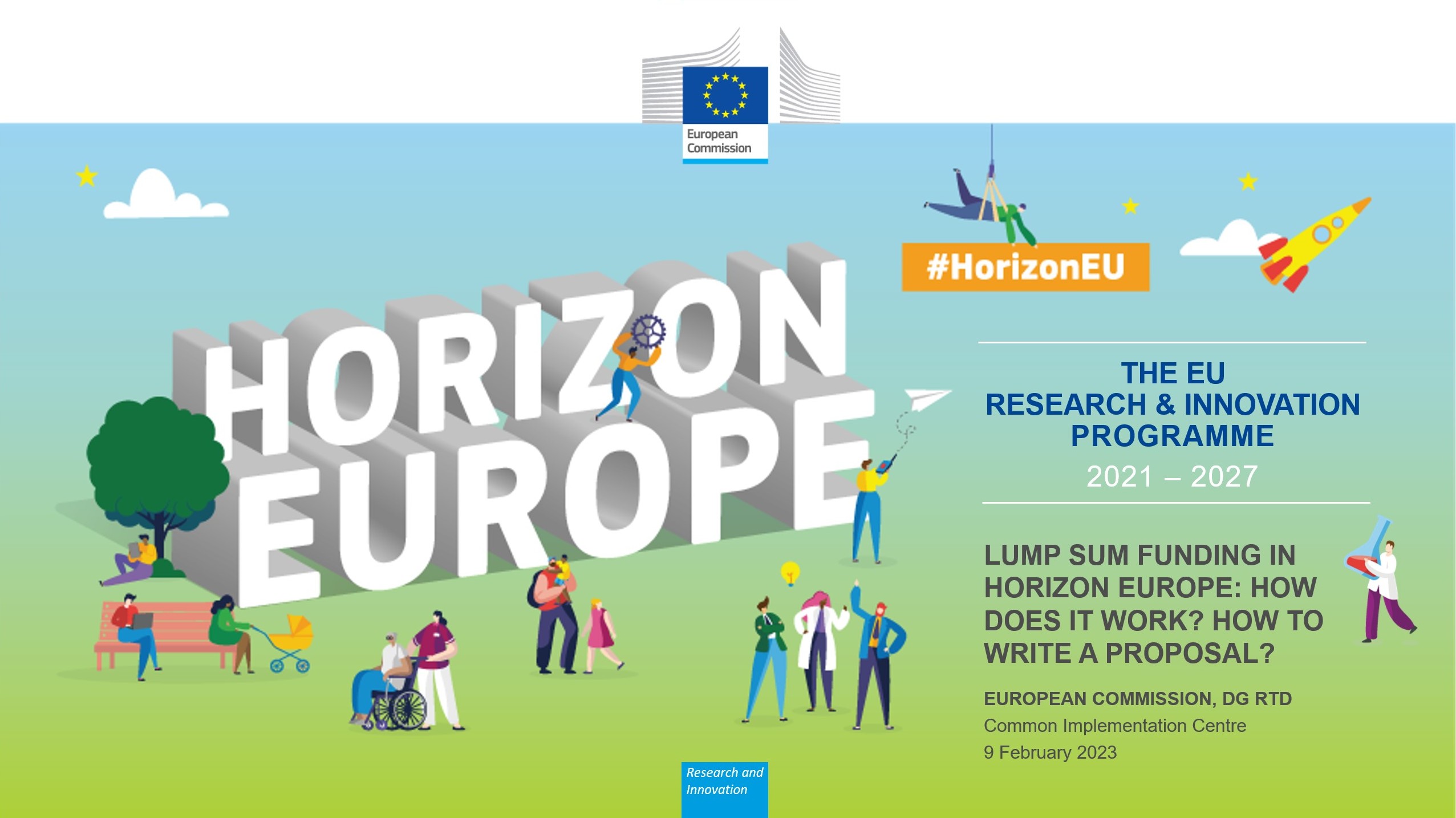
On February 8, 2024, the Directorate-General for Research and Innovation hosted a webinar on “Lump Sum Funding in Horizon Europe: How Does It Work? How to Draft a Proposal?
The event, opened by Ulrich GENSCHEL, Head of the Simplification of Horizon Funding sector, delved into the concept of Lump Sum Funding in Horizon Europe. Genshel addressed queries on its functioning and best practices for drafting proposals based on this funding model.
WHAT ARE LUMP SUMS AND HOW DO THEY WORK?
In essence, Lump Sum represents a funding approach defined by the European Commission to significantly simplify the reimbursement process in funded projects. Key points include:
- Lump sums are predetermined based on estimates provided by beneficiaries, which must be reasonable and in line with standard practices.
- After proposal evaluation, lump sums are defined per beneficiary and work package, incorporated into the grant agreement.
- No reporting of actual costs is required, and there are no financial audits or the need to retain financial documents.
- Pre-financing operates as usual, with payments scheduled upon completion of work packages at the end of reporting periods.
- Payments are tied to the completion of activities, not just the success of results, maintaining evaluation standards.
WHY MOVE IN THIS DIRECTION?
The analysis explained the increasing use of Lump Sum funding, driven by various reasons, including the need to reduce the financial error rate, a shared goal highlighted in the European Court of Auditors‘ annual reports for 2019 and 2020 on Framework Programs for Research and Innovation. In Horizon Europe, Lump Sum funding emerges as a key measure to address this challenge.Another crucial aspect is the considerable simplification potential offered by this funding mode. Cost reimbursement-based funding is often complex and prone to errors. Lump sum funding eliminates the need for detailed reporting of actual costs and resources, streamlining the process, especially for less-experienced beneficiaries.This approach also allows a shift of focus from financial management to the actual content of projects. By reducing administrative burdens, stakeholders can dedicate more energy to the substance and goals of initiatives, contributing to a more focused and results-oriented approach in Horizon Europe.Lastly, this type of funding makes the program more accessible, especially for smaller organizations and new participants lacking the experience and resources to navigate complex rules related to actual costs.
Two important distinctions to consider are:
- Work Package Breakdown: It’s possible to break down work packages into shorter segments, accelerating funding receipt. However, “reduced” work packages must still significantly contribute to the project and maintain coherence within the overall scope.
- Detailed Budget Table: Applicants must complete an Excel file with cost estimates for each beneficiary, ensuring realism and avoiding overestimation. This table provides a detailed overview of expected costs, eliminating the need for additional financial documents.
For more information on Lump Sum, please visit the dedicated event page.
